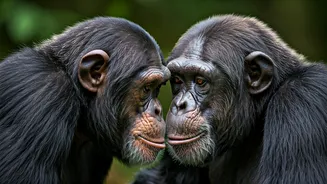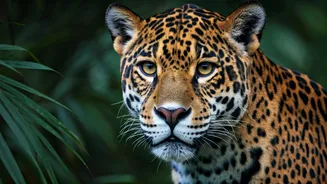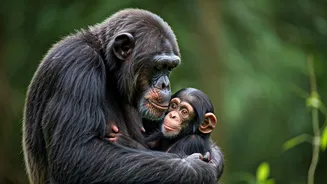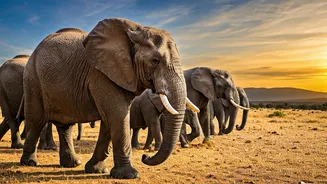Remembering Old Friends
Chimpanzees and bonobos, our close primate relatives, possess a remarkable ability: they can recognize familiar faces even after being separated for decades.
This extraordinary feat highlights the depth of their cognitive abilities and their sophisticated social structures. The study of this phenomenon provides insights into the evolution of memory and social bonds within primate communities. Researchers often conduct experiments and observe groups to analyze the mechanisms of recognition.
Ants: Masters of Teamwork
Believe it or not, ants often outperform humans in teamwork. These tiny creatures exemplify the power of cooperation and collective intelligence. They work together seamlessly, exhibiting complex behaviors such as foraging, nest-building, and defending their colony. Ants utilize intricate communication systems, including pheromones, to coordinate their activities and achieve shared goals. This level of collaboration allows ants to accomplish feats far beyond what a single individual could achieve, presenting a compelling model of efficient teamwork. Their social structures are highly advanced.
Tiger Beetles' Sonic Weapons
Tiger beetles, known for their predatory prowess, utilize a surprising defense mechanism: sound. When threatened by bat predators, these beetles generate a series of clicking sounds, effectively deterring the bats from attacking. The sounds create a type of warning that bats can perceive. This strategy showcases the diversity of defense mechanisms in the animal kingdom, and the constant evolution of these abilities. This auditory defense provides another interesting aspect of the dynamic and complex relationships within the ecosystem.








